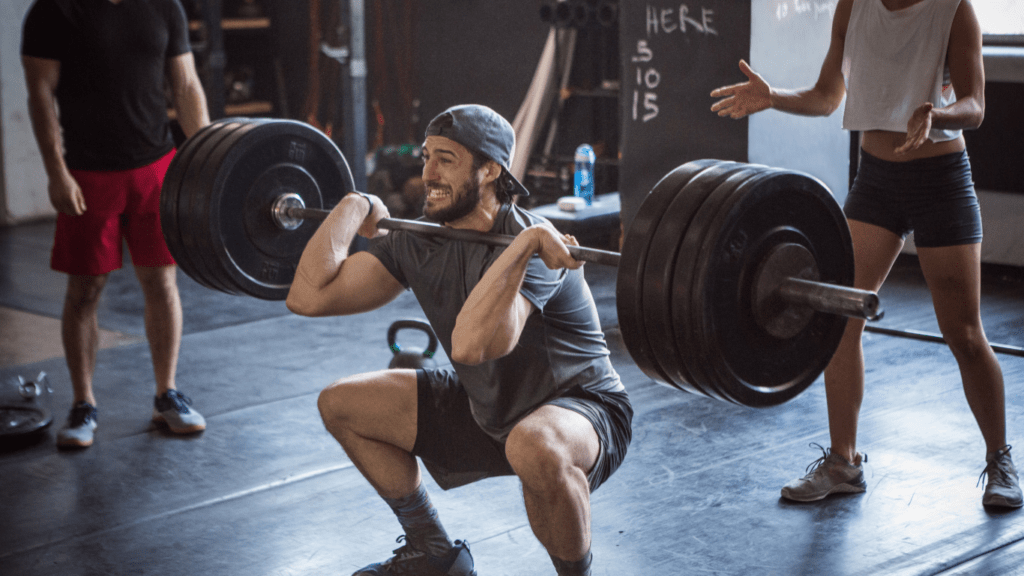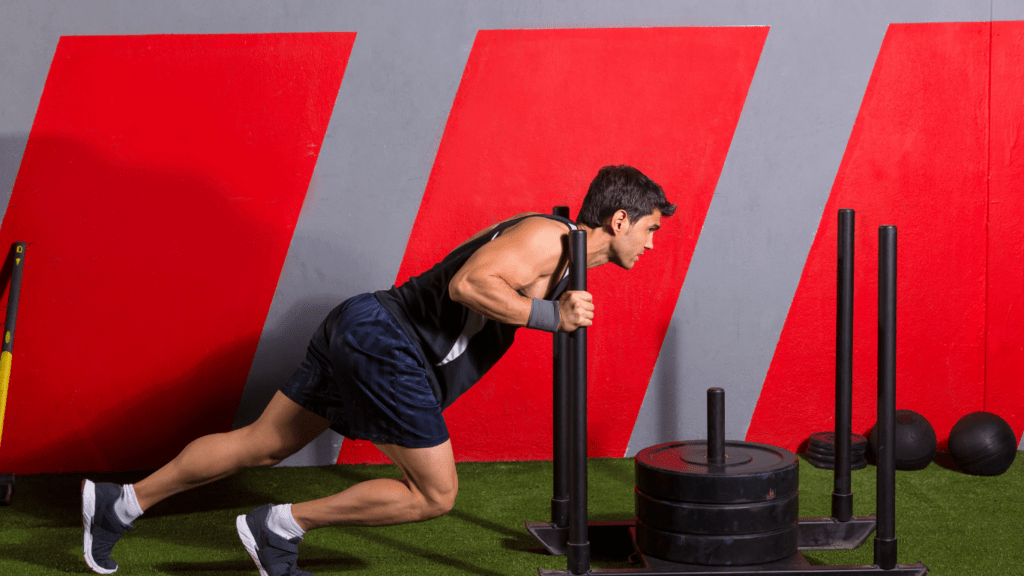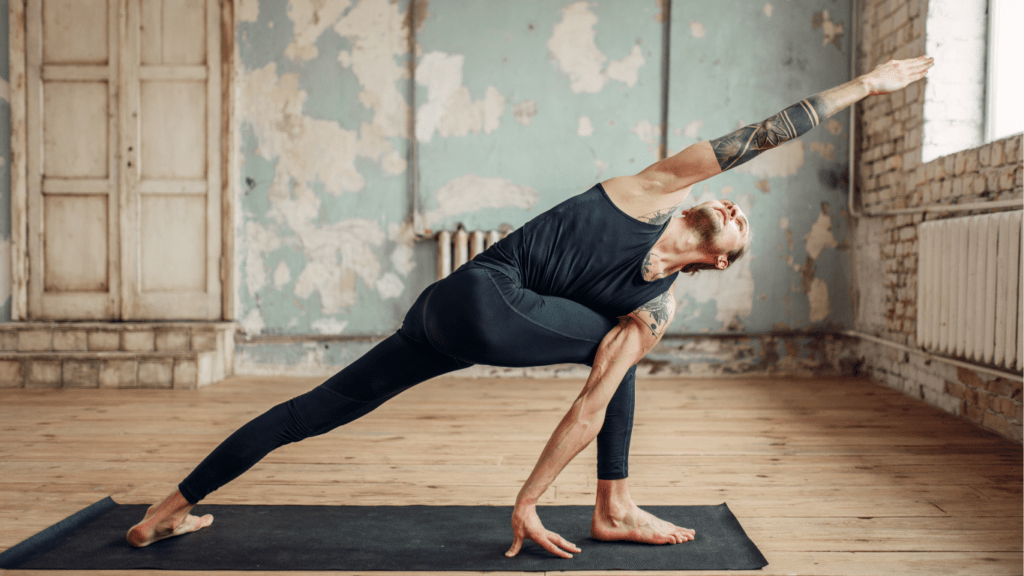Staying active and injury-free isn’t just about lifting heavy weights or running miles on end—it’s about training smarter. I’ve learned that functional training is a game-changer when it comes to building resilience and keeping injuries at bay. It focuses on movements that mimic real-life activities, improving strength, balance, and flexibility in ways traditional workouts often miss.
Understanding Functional Training
Functional training focuses on exercises that enhance real-world movement patterns. It aims to improve overall strength, flexibility, and balance by mimicking daily physical activities.
What Is Functional Training?
Functional training involves compound movements engaging multiple muscle groups simultaneously. These exercises replicate everyday motions, like:
- lifting
- crouching
- pushing
- pulling
Unlike traditional isolation-based workouts, functional training prioritizes movement efficiency over sheer muscle size or strength. For example, exercises like squats, lunges, deadlifts, or medicine ball throws simulate real-life biomechanical tasks.
Workouts in functional training often incorporate equipment like kettlebells, resistance bands, and stability balls. The goal is not only to enhance physical performance but also to reduce the risk of injuries during routine activities by strengthening stabilizer muscles and improving core stability.
The Benefits of Functional Training
Functional training enhances physical performance and minimizes injury risks. By targeting multiple muscle groups, it boosts strength, mobility, and endurance needed for daily tasks. For instance, strengthening the core helps reduce stress on the spine during heavy lifting.
This training style improves balance and coordination by engaging stabilizing muscles. Single-leg stands or exercises on unstable surfaces enhance proprioception, which reduces injury likelihood in sports or unpredicted movements.
It also supports long-term joint health. Movements like lunges or squats strengthen the hips and knees, promoting stability and reducing wear and tear. For both athletes and non-athletes, functional training improves overall well-being, supporting active lifestyles without compromising safety.
Key Techniques for Building Resilience
Functional training incorporates targeted techniques that strengthen the body while reducing injury risk. These techniques focus on core stability, balance, and flexibility to support efficient, safe movement.
Core Stability Exercises
Core stability exercises reinforce the muscles supporting the spine and pelvis. These exercises enhance posture, prevent lower back injuries, and improve overall strength transfer. I focus on planks, bird dogs, and dead bugs. For example, planks strengthen deep core muscles like the transverse abdominis, while bird dogs promote core engagement with spinal control. Using stability balls or sliders adds complexity, activating additional stabilizers.
Balance and Coordination Drills
Balance and coordination drills improve body awareness, reducing falls and missteps. Drills like single-leg stands, lateral hops, and Bosu ball exercises challenge proprioception. I often progress these by adding external loads like dumbbells or incorporating dynamic movements such as step-ups with knee drives, which enhance neuromuscular control and adaptability.
Mobility and Flexibility Work
- Mobility and flexibility work enhances joint range of motion, ensuring smoother, more efficient movements.
- Dynamic stretches like leg swings and arm circles boost mobility, while static stretches such as hamstring or hip flexor stretches maintain flexibility.
- Incorporating tools like foam rollers improves tissue elasticity and reduces stiffness, supporting long-term joint health.
Injury Prevention Through Functional Training

Functional training plays a critical role in minimizing injury risks by targeting weaknesses, improving movement efficiency, and addressing repetitive strain.
Strengthening Weak Links
- I focus on functional exercises that target weakened or underused muscles.
- These exercises, like single-leg Romanian deadlifts or banded external rotations, reinforce stability in joints such as the knees, hips, and shoulders.
- Weak muscles often lead to compensatory movements, increasing injury risks during physical activities.
- Strengthening these areas enhances overall structural support.
Improving Movement Patterns
Functional training refines natural movement patterns by emphasizing correct biomechanics. By incorporating exercises like farmer’s carries and step-ups, I help simulate real-life movements while ensuring proper alignment and efficiency. This reduces unnecessary stress on joints and soft tissues, facilitating smoother, injury-free performance in daily activities.
Reducing Risk of Overuse Injuries
I address overuse injuries by varying training modalities and integrating full-body exercises like kettlebell swings or TRX rows. Repeating the same motions frequently without variation strains specific tissues and increases injury potential. Diverse functional exercises balance workload distribution across muscle groups, mitigating repetitive strain and enhancing recovery.
Tools and Equipment for Functional Training
Functional training incorporates versatile tools that mimic real-life movement patterns while improving strength, stability, and flexibility. Using the right equipment enhances training effectiveness and reduces injury risks.
Resistance Bands and Stability Balls
Resistance bands provide variable resistance for strengthening stabilizer muscles and enhancing muscle activation during functional movements. I often use them for exercises like band-resisted squats, lateral walks, and pull-aparts to target core, glute, and shoulder stability. They’re lightweight and portable, making them ideal for home or travel workouts.
Stability balls emphasize balance and core engagement by creating an unstable surface. They’re useful for exercises like ball rollouts, hip bridges, and kneeling push-ups, which activate deep stabilizer muscles and improve coordination. These tools are excellent for building dynamic balance and injury resilience.
Kettlebells and Medicine Balls
Kettlebells develop power, endurance, and grip strength through dynamic movements. Exercises like kettlebell swings, Turkish get-ups, and goblet squats train multiple muscle groups and replicate real-world lifting tasks. Their unique design shifts the center of mass, challenging stability and enhancing functional strength.
Medicine balls are perfect for explosive, high-intensity movements like slams, rotational throws, and chest passes. I use them to improve power, rotational strength, and coordination, particularly in sports or activities involving quick, multidirectional movements. They also bridge the gap between strength and speed training.
Bodyweight Training Essentials
Bodyweight exercises require no external equipment, making them accessible and versatile for building foundational strength. Movements such as push-ups, pull-ups, and step-ups train large muscle groups, while single-leg squats and bear crawls enhance unilateral balance and mobility.
For added variation, incorporating tempo changes or dynamic transitions can intensify these exercises. Bodyweight training is integral to functional training because it focuses on mastering control, alignment, and fundamental movement patterns that translate directly to daily activities.


 Injury Prevention & Recovery Specialist
Injury Prevention & Recovery Specialist
